The views expressed in our content reflect individual perspectives and do not represent the authoritative views of the Baha'i Faith.
In this installment of our series on the Indigenous messengers of God, Chris and Kevin recount the story of another holy messenger – Kuuchamaa, the holy prophet of the Kumeyaay people in what is now Southern California.
Q: Kevin, I recently learned about a holy place that I never knew about before, even though I was raised in California and you were born there: Kuuchamaa, the Kumeyaay sacred mountain in what we now call Southern California. Anyone can read about it here: “Kuuchamaa: The Exalted High Place of the Kumeyaay.”
A: Yes, Chris, this information provides further evidence that God has ever sent His holy messengers to all of humankind to guide and uplift them, as Baha’u’llah has so beautifully stated:
Unto the cities of all nations He hath sent His Messengers, Whom He hath commissioned to announce unto men tidings of the Paradise of His good pleasure, and to draw them nigh unto the Haven of abiding security, the Seat of eternal holiness and transcendent glory.
RELATED: Honoring Indigenous Customs: Promoting Reciprocal Respect
It’s so good to know more and more information about how this Western Hemisphere has been richly blessed by the footsteps and breathings of these Holy Ones — and that their songs, teachings, and the places associated with their holy message and presence are being remembered and cherished.
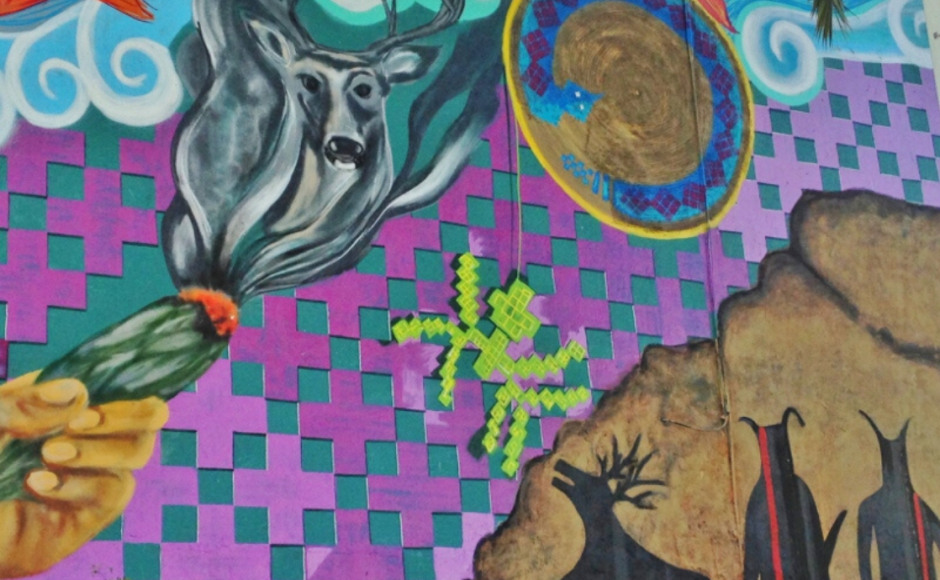
Q: For our readers, here is how this sacred place named after a divine messenger on Indigenous land came to our attention. On Sunday, August 22, 2021, both of us were invited to present a Zoom session on “Indigenous Messengers of God” for the Manhattan Beach Baha’i community in Los Angeles, California. Interested readers can download our PowerPoint here), which includes new information, “Do and Do Nots of Land Acknowledgements,” published for the first time, by permission of the Delaware Nation’s Tribal Historic Preservation Office.
One participant asked if I was familiar with Kuuchamaa, the Kumeyaay Indigenous messenger of God, who lived in ancient times near what is now San Diego, California. I said no, and asked the questioner to enlighten me. He sent a fascinating journal article by Florence C. Shipek, “Kuuchamaa: The Kumeyaay Sacred Mountain.” Florence Connolly Shipek (1918–2003), a highly respected American anthropologist and ethnohistorian — and great friend of the Kumeyaay (or “Diegueño” or “Kamia”) peoples of Southern California — published previously undisclosed information about Kumeyaay religious beliefs shrouded in secrecy out of an abundance of caution for the protection of these sacred Indigenous traditions. In an effort to salvage the tribe’s spiritual history and to ensure its preservation, Dr. Shipek received permission from the Kumeyaay elders to publish the new information that will be shared here in this article.
Dr. Shipek explained how she came to learn about these newly disclosed teachings, which are quite ancient, by following protocols and developing, over the years, authentic relationships of friendship and trust. In her book she wrote:
Years of work, the development of trust relationships with Kumeyaay elders, the development of sufficient knowledge to know what to ask, and finally, the proper occasion, were all necessary to learn about the religious beliefs reported here.
But there was a more immediate reason, a pressing concern, for the disclosure of these closely guarded Indigenous sacred traditions, as Dr. Shipek explained:
In southern California, in order to protect Kuuchamaa, the Kumeyaay religious leaders decided to speak out and describe the importance of the mountain and its relationship to their concepts of the most high God. Previously unrecorded religious beliefs were revealed in order to have the mountain preserved by nomination to the National Register of Historic Places.
Today, the Kumeyaay people now have a website that officially discloses and makes public information about Kuuchamaa, their Indigenous messenger of God; and how he is associated with the sacred Kumeyaay mountain (also known as Tecate Peak). The Kumeyaay have included Dr. Shipek’s original journal article on their website, which explains:
According to the Kumeyaay, the Creator God Spirit, Maayhaay, put the mountain there as the most sacred place. The mountain was named Kuuchamaa by God and designated as the central location for acquiring power for good, for healing and peace. … Kuuchamaa was the central place, more sacred and more powerful than any other.
The Kumeyaay creation belief states that when God created the world and humans, the mountain was created as a special place for the home of the spirit of Kuuchamaa. The coming of Kuuchamaa as a man was foretold in the creation legend. When he came as a man, he lived on the south side of the mountain peak. As a man he was a shaman, kuseyaay, having more power, leading and teaching all others. When living, he regularly called all the shamans, both the Kumeyaay kuseyaay and those from all the tribes around, the Kuliway [Luiseño or Payómkawichum and Juaneno], the Cahuilla, Cupeho, Quechan, Cocopa, Paipai, and the Kiliwa. Kuuchamaa taught them all and lectured to them to stop fighting, that they should all live at peace with each other and help each other. He lectured them about all types of proper behavior, and instructed them to cooperate and help each other. He then sent them back to teach their own people. He taught them rituals, that is, singing and dancing which they were to use to train and teach the people peaceful behavior, cooperation, and the helping of one another. But the people did not obey and all the shamans had to be called to the mountain again and again. …
The elders stated that Kuuchamaa was given four helpers by God, Maayhaay. They were to watch over all and aid him in teaching and maintaining peace and helpful behavior. They reported to him when anyone had done evil. The helpers were to remain on earth after Kuuchamaa’s death in order to watch over all and to report to his spirit. Three of his helpers were the eagle, the red-tailed hawk, and the raven who flew over all and constantly watched all below them on earth in the daytime. The fourth helper was the owl who flew and watched over all at night. While we were with the elders on the mountain top, we saw eagles flying around us. …
As a result of the various discussions with and the questions asked by both the BLM [the U.S. federal Bureau of Land Management] and by archaeologists working on various environmental projects in recent years, the elders then asked me to publish the whole story in order that the literature should correctly describe their religion and religious beliefs. They did not like to be dismissed as “primitive and lacking higher mystical and abstract concepts.” They all admitted, however, that they were giving only the barest outlines of their religion because none of them had been initiated as a shaman. They were all individuals who, in the past, would have been trained for the positions of either kuseyaay (shaman), kwaaypaay (captain), or kuchat kwatay (big leader). Thus each knew some of the aspects of the religion and they worked together, first for the purpose of saving Kuuchamaa as the most sacred Kumeyaay place, and second to correct the description of their religion in the anthropological literature.
While over the years I have been able to reconstruct a few portions of the Kumeyaay religious beliefs, the occasion for discussing my fragmentary reconstruction had not occurred. To discuss these matters under ordinary circumstances would be to cause someone’s death. Thus, passage of the National Environmental Policy Act and the Native American Religious Freedom Act, which provided the opportunity to protect the sacred mountain, Kuuchamaa, presented the opportunity to develop a more complete and correct understanding of the moralistic and mystical philosophy of the Kumeyaay religion. Further, the Kumeyaay elders, having become aware of the published descriptions of their society and their religion and desiring that more correct information be presented, have asked that this material be published. – Florence C. Shipek, “Kuuchamaa: The Kumeyaay Sacred Mountain,” Journal of California and Great Basin Anthropology, Vol. 7, No. 1 (1985), pp. 67–74.
RELATED: Why the Indigenous Messengers of God Matter
Kevin, would you please share with us your thoughts, reflections and advice regarding the above information, especially as it may relate to recognition and respect of all the Indigenous messengers of God?
A: For the Kumeyaay — and all other Indigenous people — the concept of land ownership is alien and has never been a part of the worldviews brought down from heavenly sources. Instead of establishing ownership, the Kumeyaay seek to establish their holy mountain as the seat from which God’s earthly emissary, Kuuchamaa, spoke to them. The message that he expounded was the eternal message that everyone of any Faith can recognize – the Golden Rule, announced to all peoples throughout time in every place by every holy messenger and prophet. This message no doubt included the foretelling of the day of fulfillment, when all shall become of one mind and heart, as Abdu’l-Baha wrote:
Exalt thy ambition! Universalize thy ideals! Spread thy wings of compassion over all the regions of the globe. … You are made in the image and likeness of God. Your birthright is more valuable than all the treasures of the empires. Arise with heart and soul and let not these golden days slip by without results! This day is the day of the splendours of the Sun of Reality! This day is the day of the Lord of the Kingdom! This day is the day of the fulfilment of glorious promises! This day is the day of joy and fragrance!



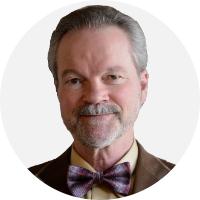
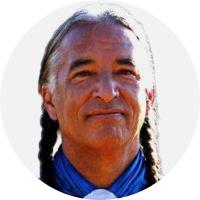
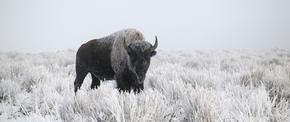

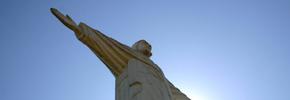


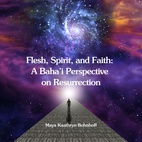

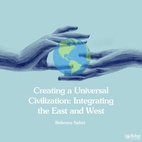

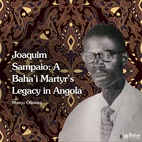
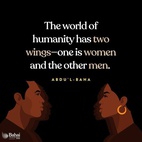


Comments
Sign in or create an account
Continue with Googleor